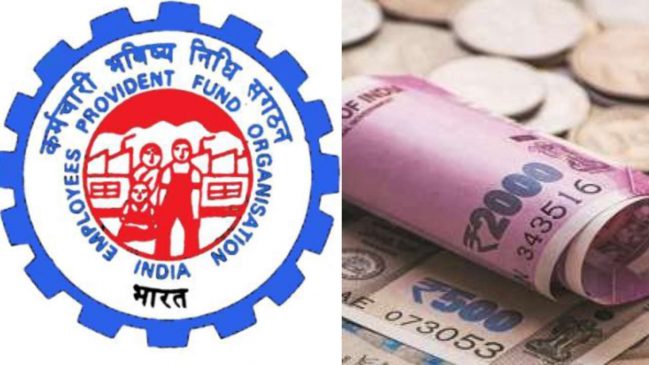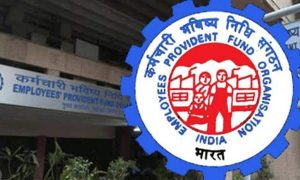Today is the last date to complete the application before June 26, 2023, the deadline for EPFO applicants seeking higher pensions. According to reports, the EPFO deadline would be postponed a third time. Therefore, if you fall into this category and are qualified to apply, gather the necessary paperwork and submit your application.
Read More: PF Withdrawal: How to download and fill Form 15G to withdraw provident fund?
On November 4, 2014, the Supreme Court allowed EPFO employees prior to September 1, 2014, and those who continued to work after that date but were unable to exercise the joint option under the EPS, might do so within four months following the ruling.
Read More: EPFO Higher Pension Deadline Ending June 26; Check Details
The Employees Pension Scheme used to be availed by only a handful of people until a few years ago. Initially, only government employees were eligible for this scheme. However, the government later expanded this scheme, allowing those employed in the private sector to benefit from social security. This change took place in 1995, and as a result, the scheme is also referred to as EPS-95 (i.e., Employees Pension Scheme-1995). Since EPS was introduced under the Employees’ Provident Fund Act, its benefits started reaching every employee covered under the EPF. However, there was a condition that only employees with a basic salary and DA of Rs 15,000 per month would be entitled to the EPS benefit.
Read More: EPFO may likely extend deadline to opt for higher EPS pension, say experts
In the EPS, the employee does not contribute any amount on their behalf. Only 8.33 per cent of the total 12 per cent contribution made by the company goes to EPS. Since the pensionable salary limit is 15 thousand, the EPS contribution also gets limited to Rs 1,250. Any amount that exceeds this contribution from the company goes to EPF. As the increased contribution to EPS is also from the company’s share, it won’t affect the take-home salary even if you opt for a higher pension.





































